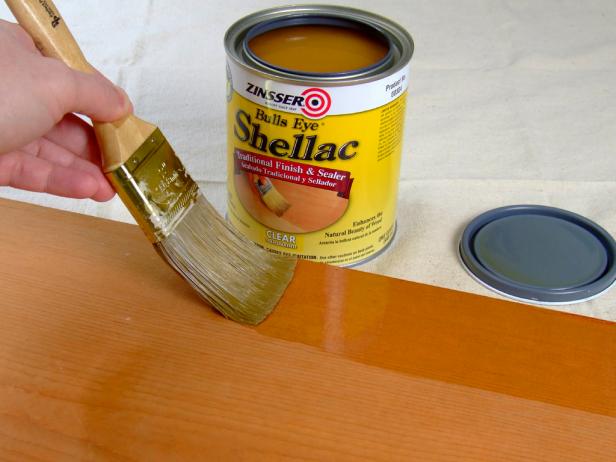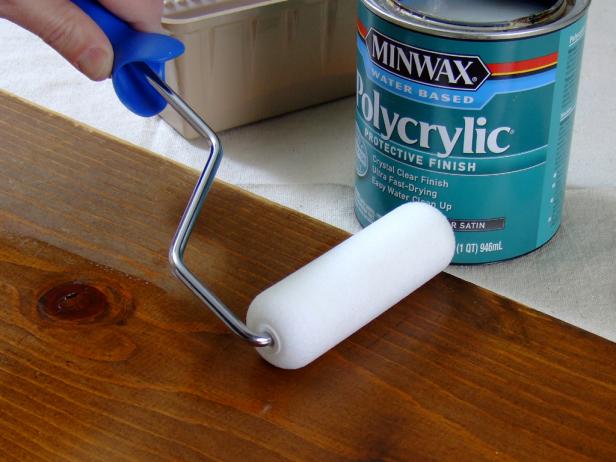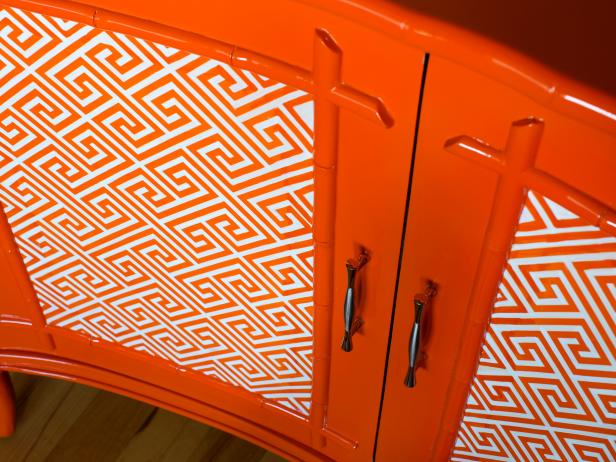
Privacy statement: Your privacy is very important to Us. Our company promises not to disclose your personal information to any external company with out your explicit permission.
Ultraviolet coating of wood
The industrial wood finisher has essentially three options in types of UV-curable coatings to use-100% UV, water-reduced UV and solvent reduced UV. Each type of UV-curable coating can be applied by virtually any method of application. The selected method of application is dependent on the surface structure/property to be finished, the finish quality desired on that surface, and the production rate that finishing must achieve. Another consideration is recovery, typically UV-curable coatings are more expensive than conventional cure coatings and as such any material that does not get applied to the part would need to be recovered as efficiently as possible. The selection of the UV-curable coating type applied by any method is really a matter of finish build or thickness, the ease to achieve certain finish subtleties (gloss, leveling, etc.), and the ease of use of the coating system. In general, if 100% UV-curable coatings can be used to produce the desired finish quality, it is best to set a course of action to use them. Costs, operation expenses and reporting requirements will be most advantageous with 100% UV-curable coatings. If very thin film builds are desired, less than 100% actives may be necessary and the use of water-reduced UV-curable coatings is most preferential. The ravages of time and use of a piece of furniture can be limited by a durable top or finish coat. While the terms varnish, polyurethane, lacquer and shellac are commonly used to reference a final finish in general, these products are not the same, nor are they recommended to be used interchangeably. This finish is actually a natural product (it's made from combining a secretion from the female lac bug with a solvent such as alcohol) that is very safe once dried and hardened. In addition to adding a protective coat, it also can add a warm amber color to wood. It can be affected by heat (white rings will appear under a hot bowl or mug) or chemicals, so a kitchen Table might not be the best place to use it. Fine furniture items can be greatly enhanced with shellac. Some shellac manufacturers recommend using it as a protective coat on non-wood items. Apply it with a natural bristle brush or with a cotton rag. Shellac is available in most home centers as a liquid in a can. It also comes in solid form or in flakes that must be dissolved, and it has a shorter shelf life than other finishes. The liquid variety is the best option for the average homeowner. Essentially a plastic in the form of a liquid until it dries, polyurethane is available in both water- and oil-based options, and comes in varieties from satin to glossy. Water-based polyurethane is popular because of its low odor and low toxicity. It goes on clear without adding a slight color that oil-based versions can, and it dries much faster. As with shellac, water-based polyurethane won't hold up well to heat and chemicals. It's good for bookcases, desks, side tables and picture frames - anything that won't be exposed to extremes. Minwax Polycrylic is an example of a fortified water-based polyurethane than can stand up a bit better to rough conditions. It also can go over oil-based finishes and can be applied using synthetic-bristle brushes, a foam roller or a rag, as can other water-based polyurethanes. Water-based oil-modified polyurethane is a relatively new product that combines the durability of an oil base with the cleanup of a water base. This product can actually be used on wooden floors. Oil-based polyurethane is slightly more durable than water-based, especially when it comes to handling heat, so a kitchen table is a good candidate. It adds a slight color tone and will bring out the richness of wood. When working with oil-based polyurethane, use a respirator in a well-ventilated area. Apply using a natural-bristle brush or rag. Oil-based takes much longer to dry and cure than water-based, so plan accordingly and follow the manufacturer's directions. Both oil- and water-based polyurethane can be applied to latex/acrylic paint; however, oil-based polyurethane will create a yellow or amber hue, especially to light colors. To add durability without affected color, use a water-based finish. You can also purchase polyurethane in a spray can which makes it a bit easier to apply, especially on large projects. Wipe-on polyurethane is used primarily by woodworkers who want to create a [hand-rubbed" finish on special projects. These two run the extremes of ease of use, but produce excellent results. The name of this finish often is used generically for a finish or top coat. It's very durable because it contains a higher ratio of solids. Spar varnish is perfect for outdoor projects and for raw wood used for exterior doors and trim on rustic homes. In addition to protecting the wood, it also provides natural ultraviolet light protection. Spar varnish is often used on items that will be near or on the water, like a wood boat, decks, beach chairs, etc. Apply using a natural-bristle brush. Lacquer provides the extremely intense gloss finish often used on many Asian-inspired or ultramodern furnishings. It is extremely durable and resistant to damage; however, over time it can begin to discolor and become scratched. Wonder why it's so smooth? It's applied via a sprayer, because it is thinner than the other finishes. You'll need a high-volume, low-presser (HVLP) sprayer and a well-ventilated and spacious workspace to apply it. Cutting boards and other wood items that come in contact with food do well with butcher-block oil and food-grade mineral oil. Wooden tool handles will hold up better with an annual rubdown with boiled linseed oil. The general rule of thumb is to use natural brushes, sometimes referred to as China brushes, for all oil-based finishes (including paint), and synthetic brushes, sometimes referred to as nylon brushes, for latex, acrylic or water-based finishes. Rollers and rags can work for either type of finish. Because these are the top coats being applied, you'll want them to look as good and as smooth as possible. The best conditions to apply are when there is as little dust or other airborne particles as possible. Clean your work area as thoroughly as possible and allow some time for the dust (literally) to settle. Consider using a dust collection system or air purifier. When applying a finish with a brush or roller you may notice some bubbles pop up. Don't panic. Many times these will settle out as the finish dries. If it's a problem, simply use a rag to wipe it down. You can often avoid this by applying a thinner coat. Also, shaking a can of finish will certainly add bubbles, so try stirring instead. After the first coat dries, you'll need to either sand it with fine-grit sandpaper (220 grit) or use steel wool. You may have heard to only use steel wool, but many manufacturers recommend either one. Just be careful not to deeply scratch the finish and certainly do not sand off the finish to the point where you reach raw wood. Wipe off the dust created and apply another coat. A couple of coats are usually enough, but you can apply additional coats (more wiped-on coats can be applied than brushed or rolled) to create a thicker and more durable finish. Try not to exceed four or five coats of finish. Shellac

Polyurethane


Varnish

Lacquer

Other Finishes

A Few Words About Applicators

LET'S GET IN TOUCH

Privacy statement: Your privacy is very important to Us. Our company promises not to disclose your personal information to any external company with out your explicit permission.

Fill in more information so that we can get in touch with you faster
Privacy statement: Your privacy is very important to Us. Our company promises not to disclose your personal information to any external company with out your explicit permission.